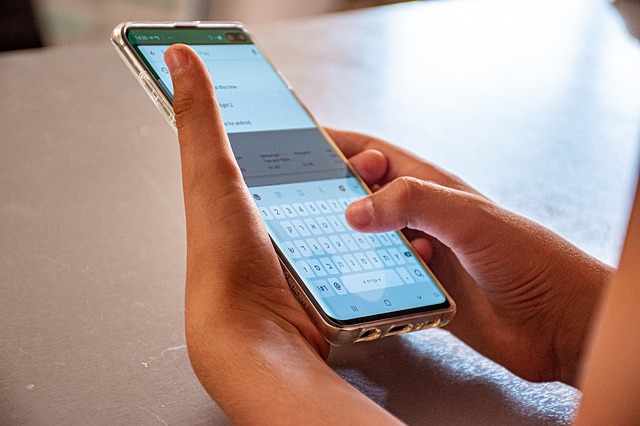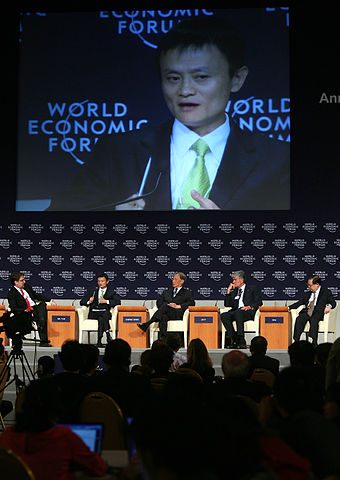Shopping this holiday season is doing very well, thank you, with a bit of a boost from our ubiquitous cellular devices, especially our phones. Last Saturday, the weekend after Thanksgiving, saw $3.6 billion in sales for small businesses in one day alone, from cellphones.
According to Adobe Analytics, a tracker of sales online, that figure is higher by a generous 18% over last year. And if things keep going the way they have been, Adobe says we can expect almost 15% growth over last year’s holiday season sales. Small businesses alone earned $68.2 billion in November of this year.

Smartphone sales are way up, says Adobe. Last Saturday smartphone revenue accounted for 41.2% of all e-commerce revenue that day. That represents growth of 22% since 2018.
So, what are people buying like hotcakes this year? Some of the top-selling products include “Frozen 2” companion toys to go with the Disney movie recently released. “Madden 20” and “FIFA 20” video games, of course, and more devices like Amazon Fire TV and Apple AirPods.
What can we expect from Cyber Monday? Adobe says we can anticipate a record-breaking $9.4 billion in online sales, an ecstatic increase of 19% since 2018.


